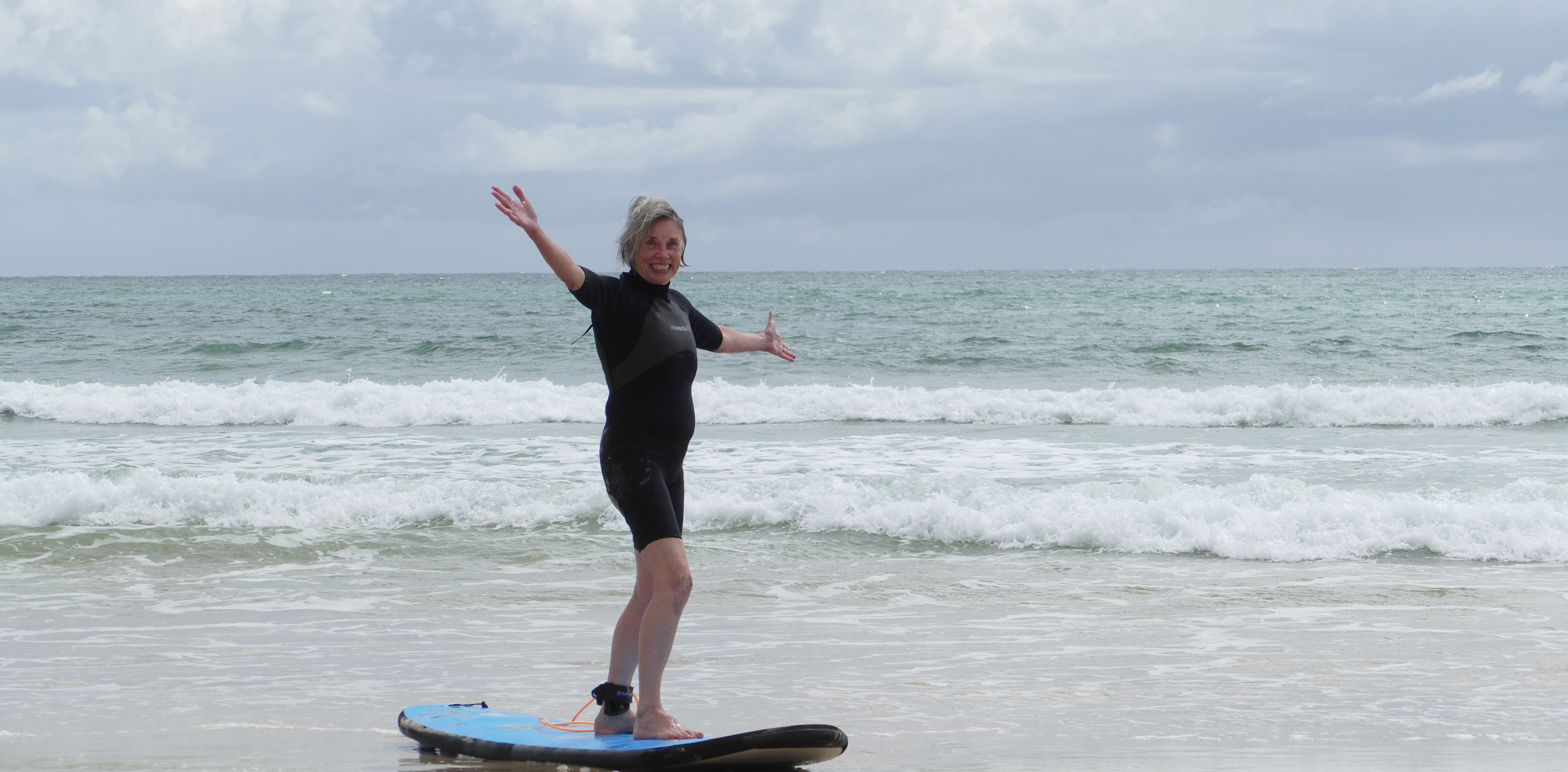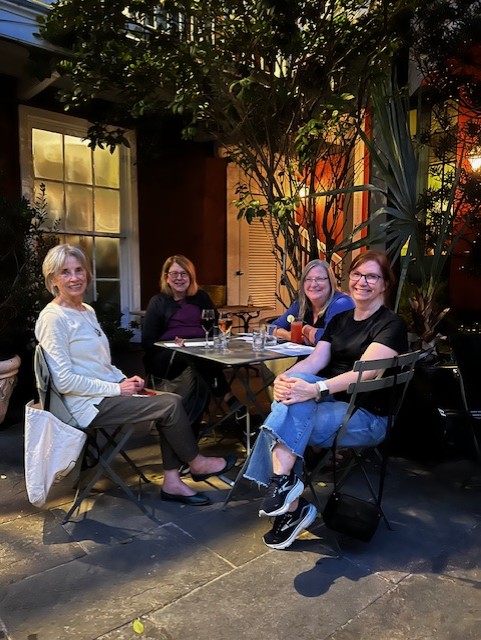
The path that led me to my destination as a cancer prevention researcher with a focus on projects that aim to help prevent and treat melanoma, among other cancers, had many twists and turns that still influence my work today.
My early career included teaching disadvantaged students in Oakland, California, and studying the Maldhari, semi-nomadic buffalo graziers, in India’s Gir Forest,. These influenced my decision to go into public health. As a Master’s student at Yale, I was fortunate to work in Nigeria and identified Dengue virus in Nigeria - from Puerto Rico!
Then, after my PhD in Environmental Epidemiology, I had the privilege of being a project director for a melanoma study. One of my assistants had a 23-year-old daughter who had recently died from melanoma. Working with her gave me a strong passion to try to alleviate death from melanoma. Although only about 10 per cent of melanoma patients have illness severe enough to lead to death, those 10 percent are very important to me.
These experiences have focused my research on three main areas – two have been international melanoma studies – one identifying genetic risk for melanoma (GEM, an international consortium of 9 centers, now in its 25th year) and one identifying tumor factors important to survival (Intermel, an international consortium composed of 15 centers.) Our goal in both has been to identify characteristics of patients and their tumors that are associated with risk and survival in melanoma.
Currently, our team at UNM is developing a cancer survivorship cohort in both rural and urban areas of the state to try to determine how to improve cancer survival and quality of life with any cancer.
In all my research working with strong collaborative teams of fellow researchers and staff, we hope to grow and expand our understanding of cancer, including the risk factors, such as genetics and poverty, and how they interact to increase the likelihood of the cancer developing as well as how they affect survivorship.
